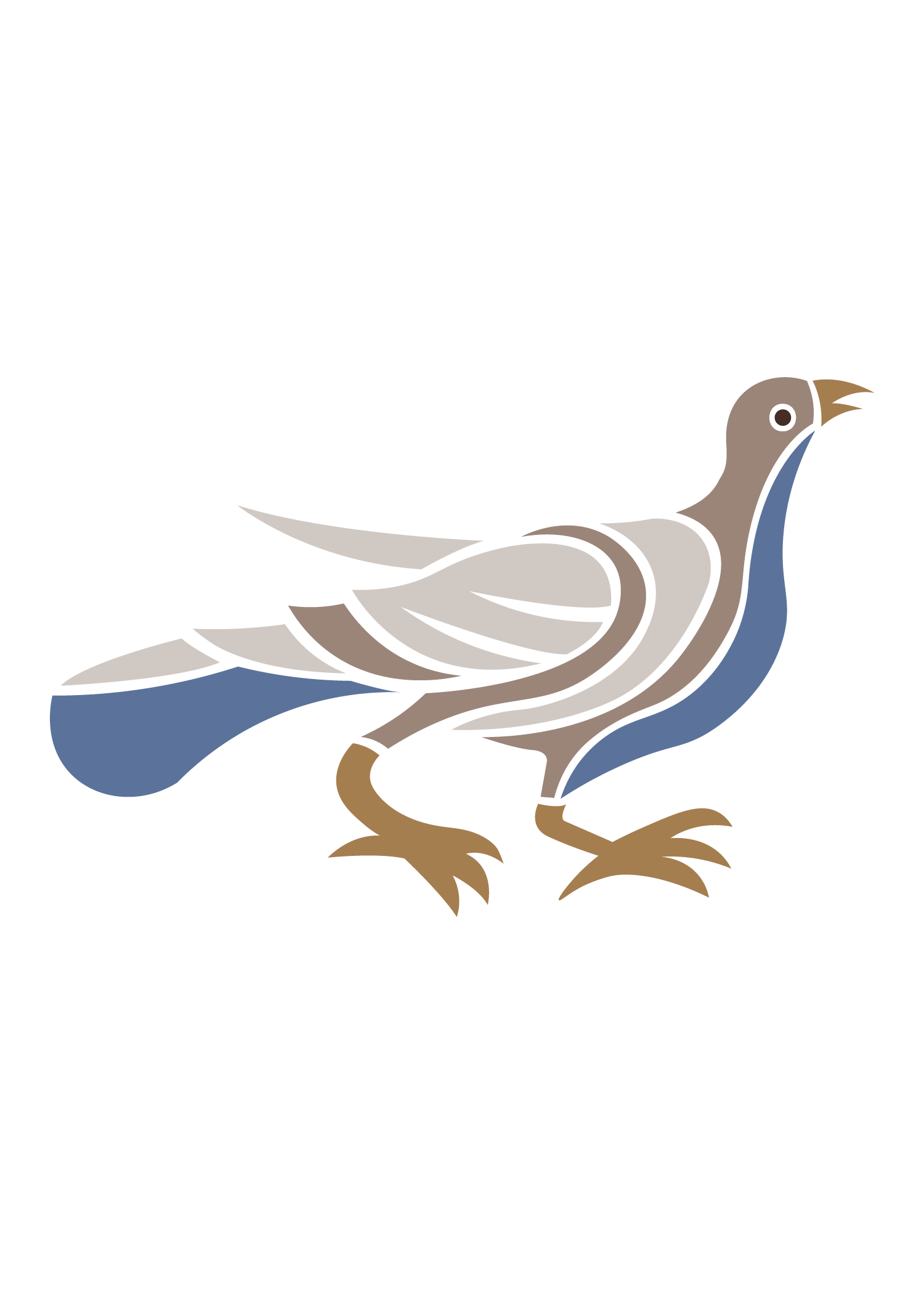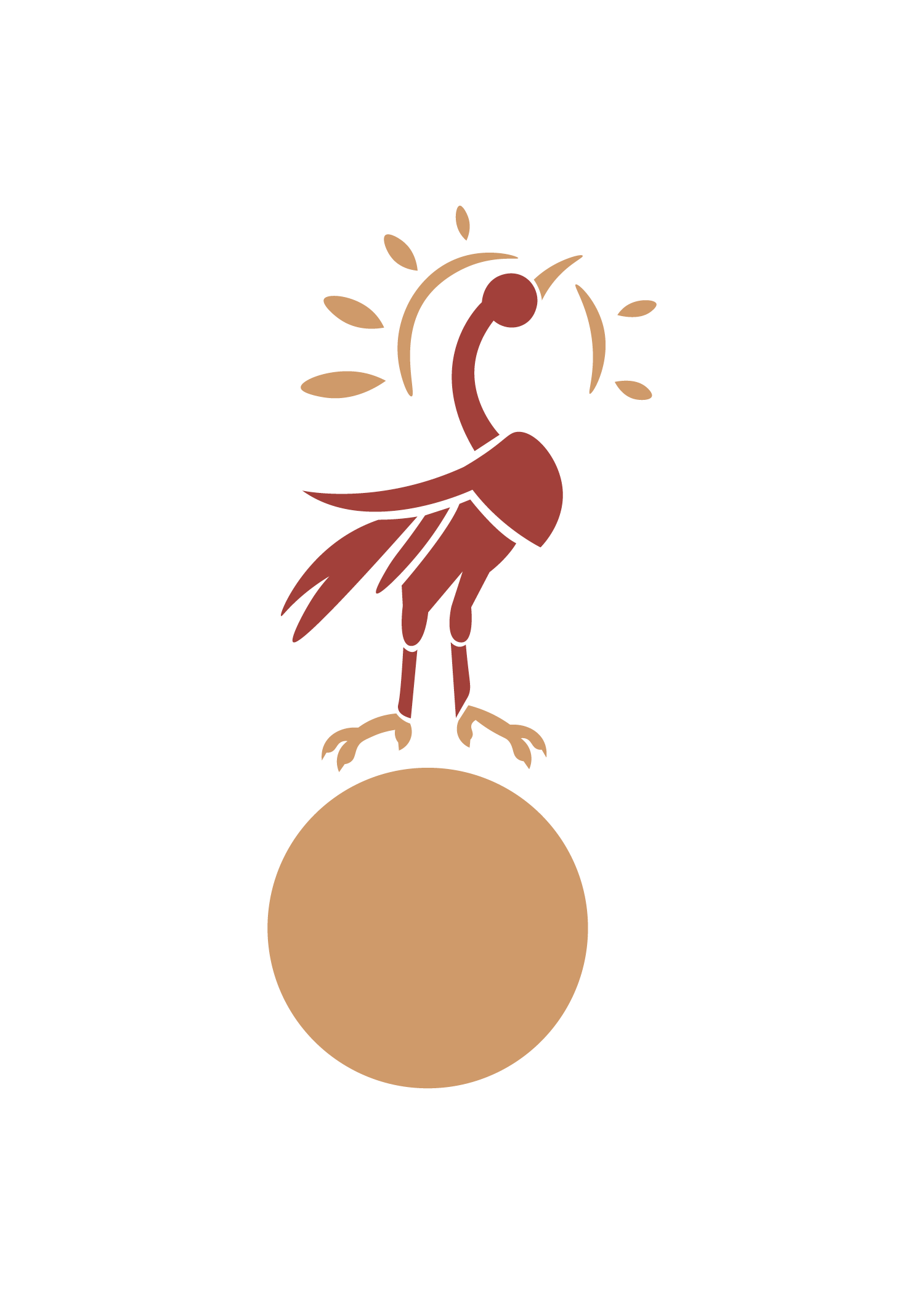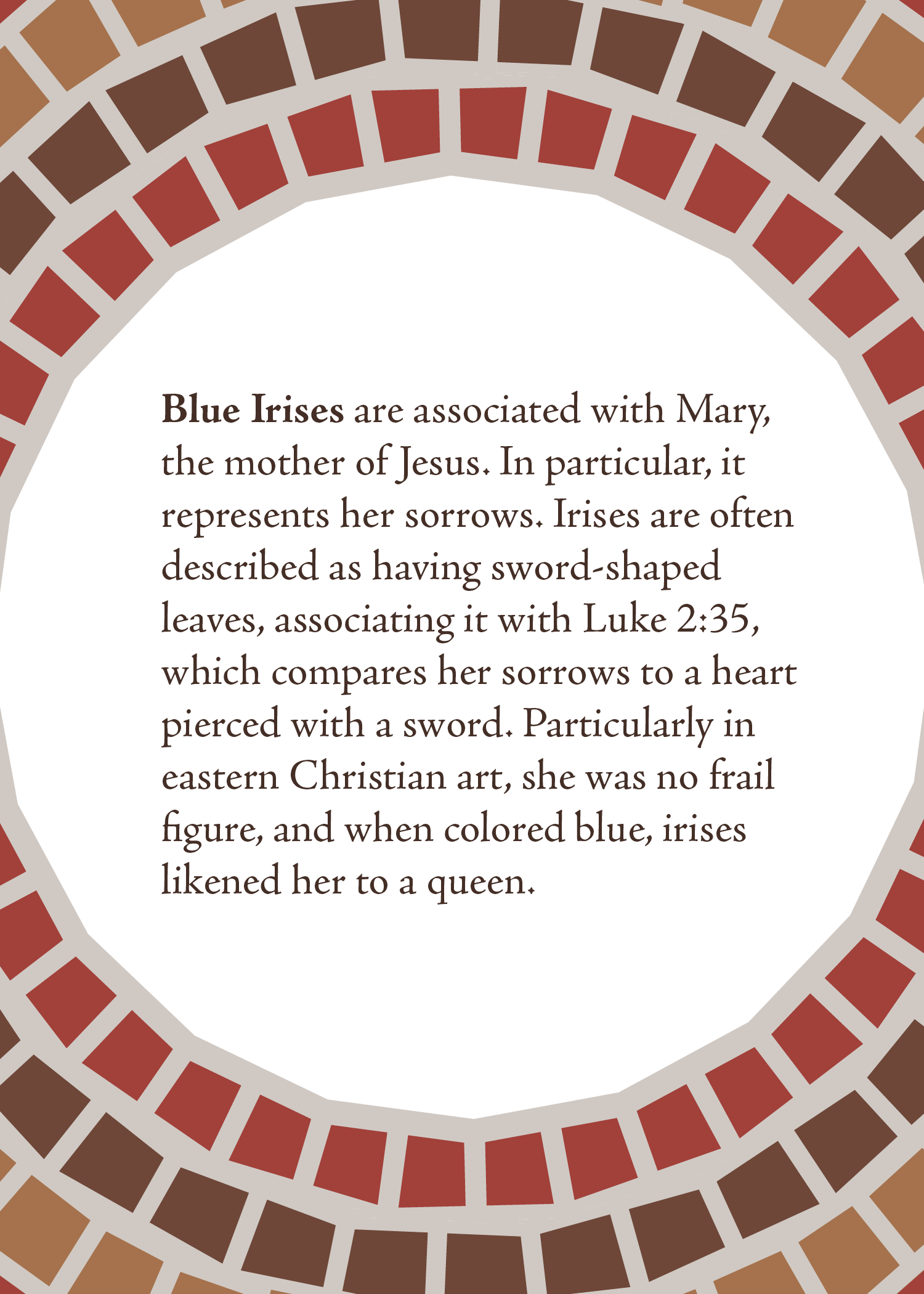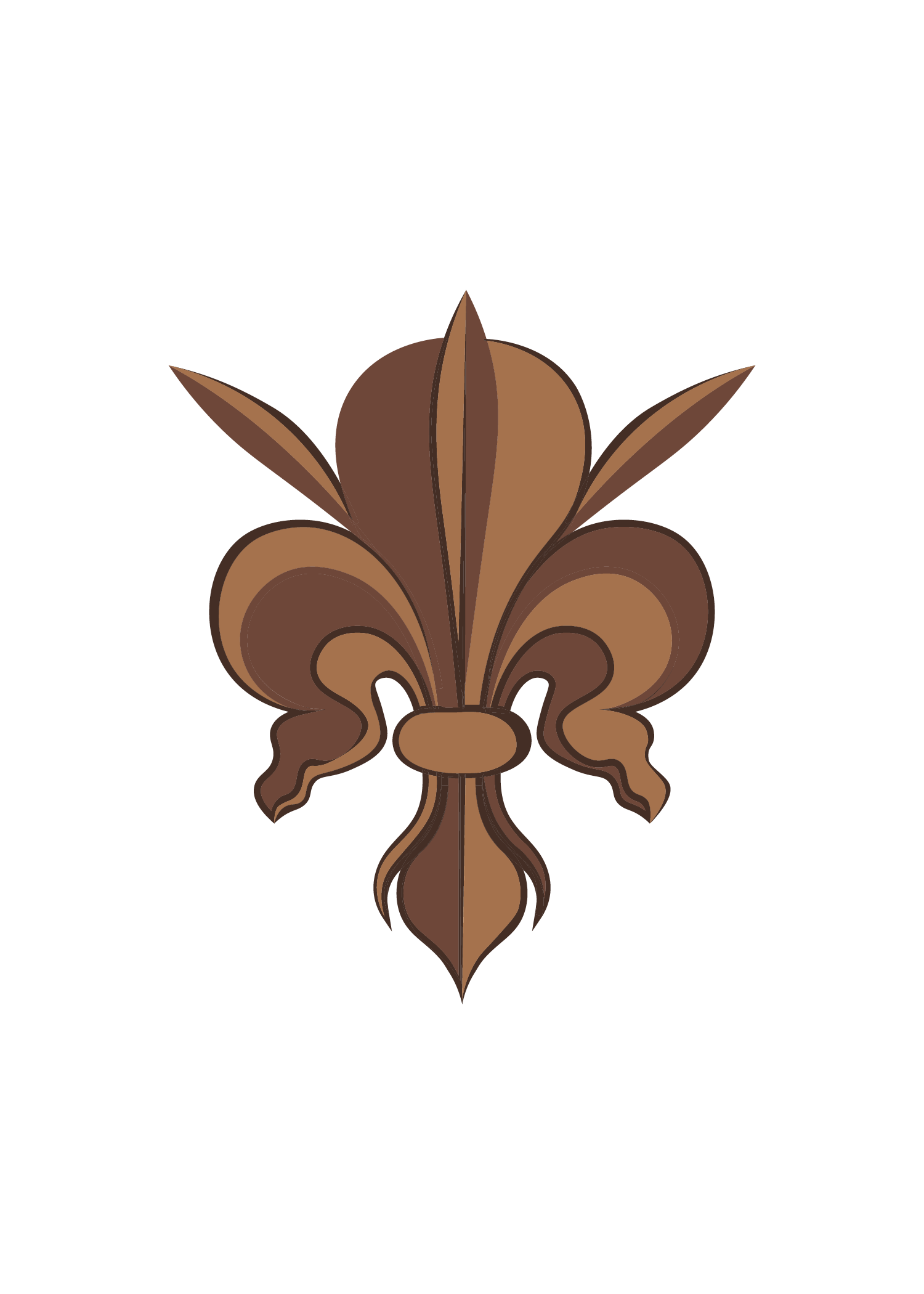This was a personal project that came from my passion for symbolism seen in art throughout church history. The symbols in this collection were developed into graphics from photos of works across the world. Each card introduces a different symbol, its story, and its meaning. Since the birth of Christianity, the redeeming story of the gospel has taken root in a variety of cultural contexts and time periods. Many, as a result, appear in strikingly different style. Some of their artistic traditions are catholic, some are orthodox. Others were originally Jewish. Many more have reworked and redeemed imagery from pagan traditions before them.





Byzantine Jesus, Agnus Dei, and St. George
Some have appeared in a variety of ways, like the cross, with dozens of styles that couldn't all be represented here. Rather than photographic depictions of biblical scenes, these are a reflection of the various cultures to whom Christ has made himself known. My hope is that viewers can see past denominational origin and appreciate each symbol, seeking to understand what qualities of God it was designed to illuminate.




Artists of the Late Roman and Byzantine Empire helped launch these symbols into use throughout the global church. Their imagery, with the gospel, was spread across the Middle East and Europe and later memorialized in more detail by medieval and renaissance painters.



What you see here are concepts that have survived both weathering and deliberate destruction. We will never know what was lost during persecution of the early church and what fell among later ruins of war and conquest. These symbols can offer a unique glimpse not just into visualizing Christianity, but into its aspects that most resonated with artists throughout history.




The winged man is the first of the four evangelist symbols, inspired by the visions of Revelation 4. It represents Matthew, whose gospel emphasized the humanity of Christ’s lineage.
The lion represents Mark. His gospel’s description of John the Baptist as “a voice crying out in the wilderness” (Mark 1:3) has been likened to a lion’s roar, and he emphasized Christ’s royal dignity.
The bull or ox has been used as a symbol of sacrifice to God since Solomon’s temple, associated with burnt offerings or the bearing of a yoke. It represents Luke and the sacrificial aspects of Christ which his gospel focused on.
The Eagle represents the apostle John. His association with a bird of the heavens comes from his visions and the heavenly description in the opening of his gospel. It can also represent a renewal of strength, generosity, or the inspiration of the gospels when adorning a lectern.
These examples are from the Book of Kells, a famous illuminated manuscript from Ireland c 800 ce.




















